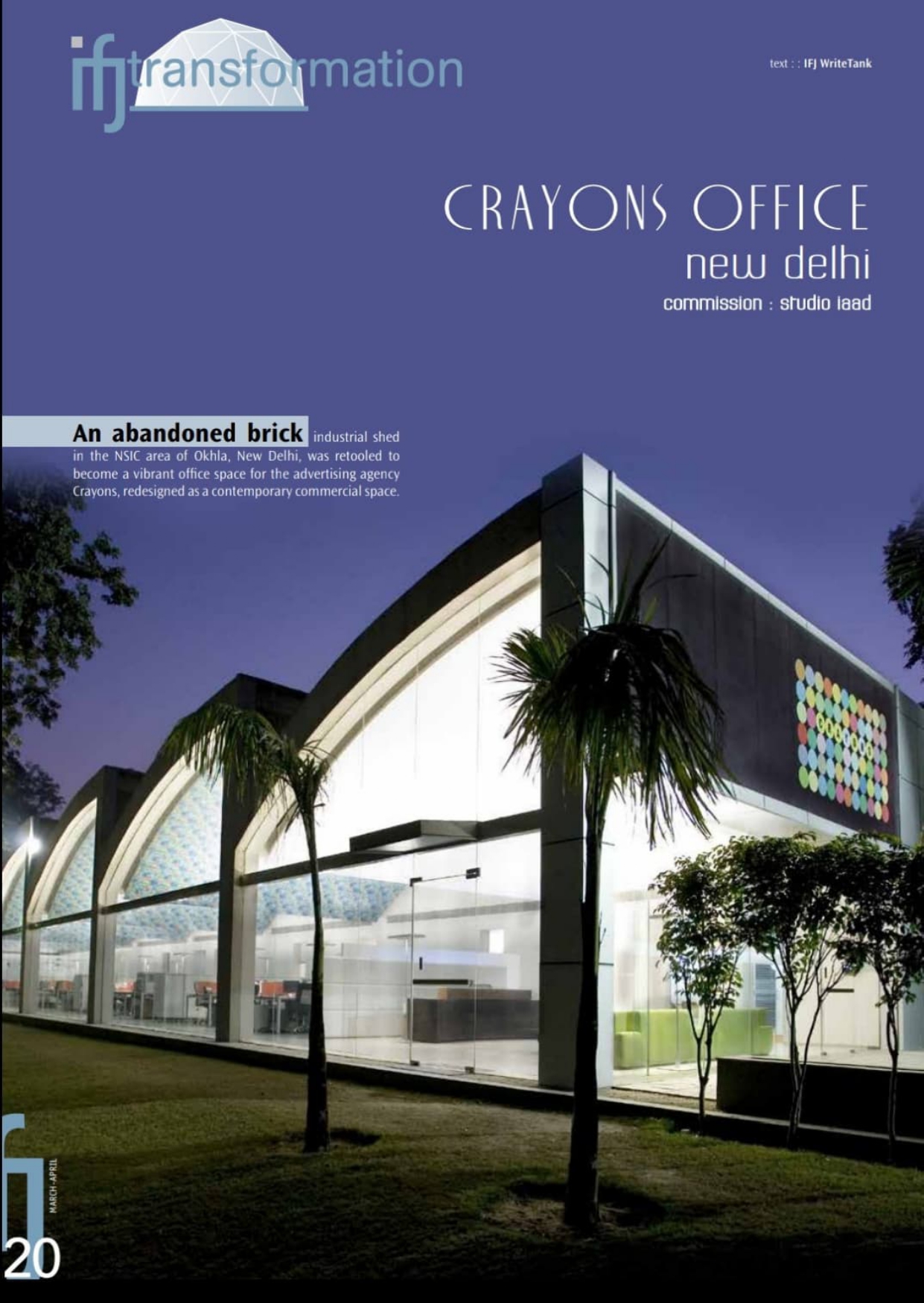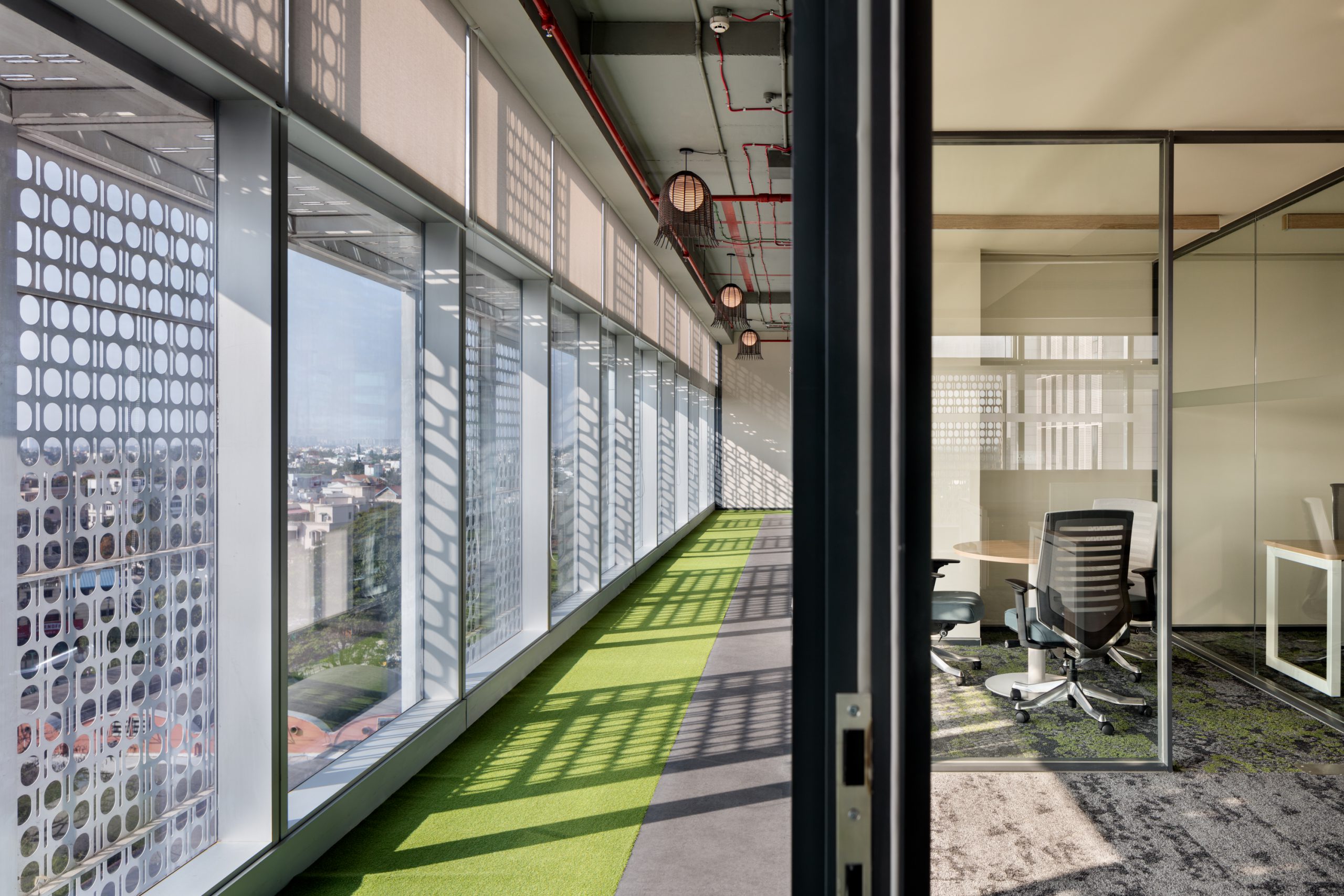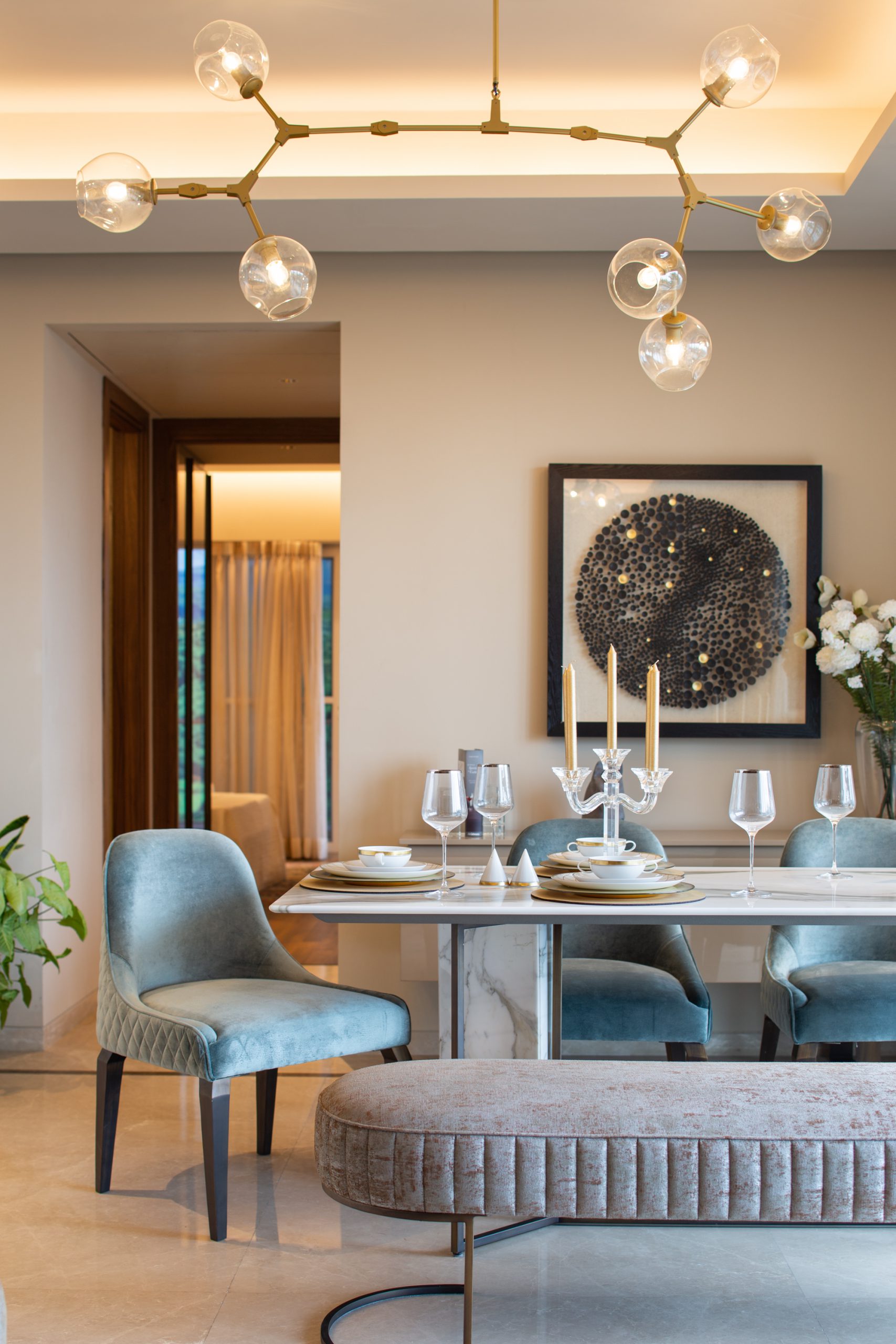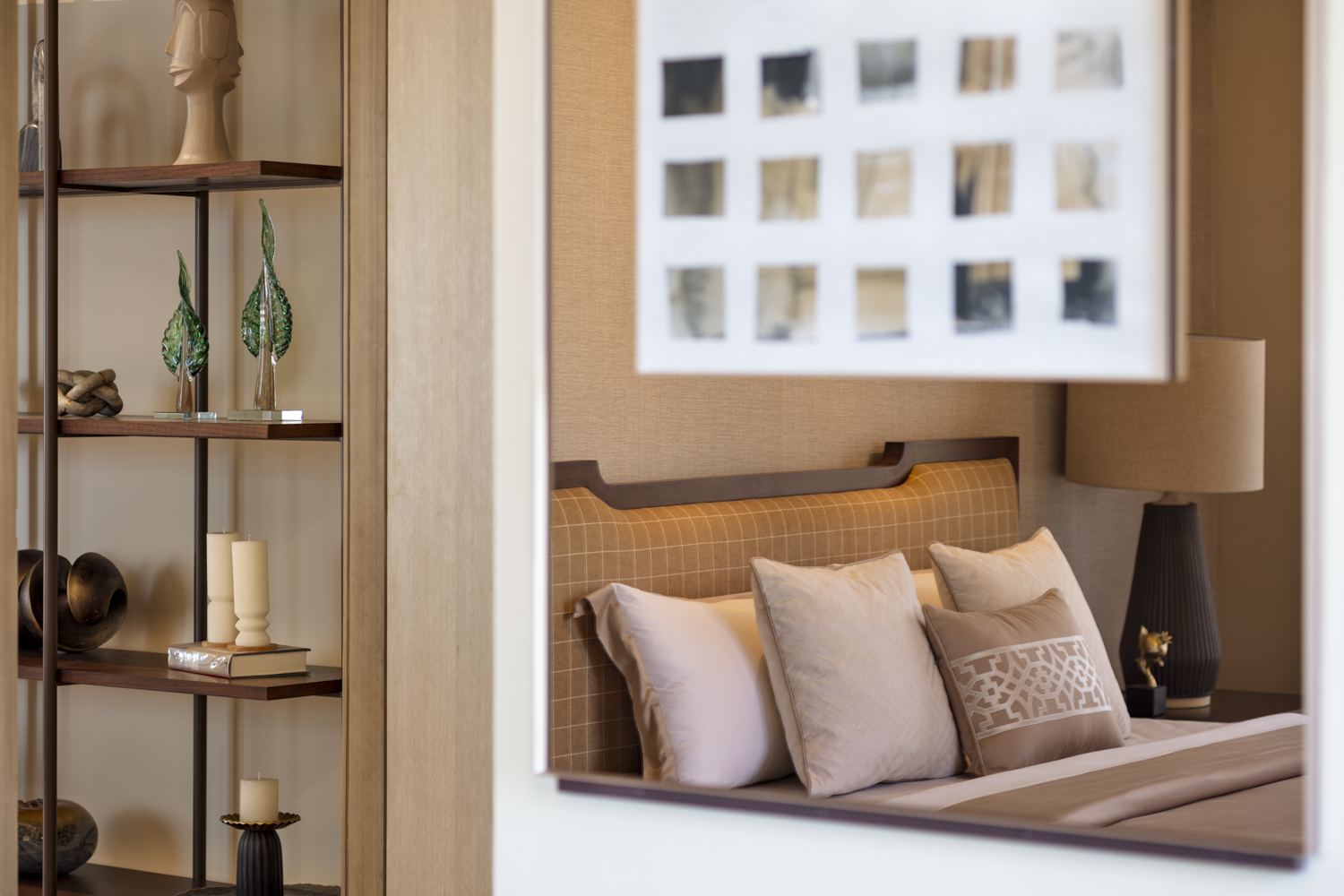
Rain or Shine: Monsoon Home Maintenance Tips to Shield Your Sanctuary
Blog 32

The coming of the monsoon offers respite from the scorching heat, and who doesn’t love enjoying the view with a cuppa on a lazy, rainy day? However, the monsoons bring their challenges, cool breezes, and pleasant climates. Maintaining and protecting our homes during this time is of utmost importance.
Here are some interior design tips to make your spaces resilient to the monsoon season:
Prioritise vulnerable areas
Certain parts of the home, such as the roof, balcony, etc., require more care and attention.
- Opt for waterproofing solutions can significantly reduce damage caused by rain, preventing leaks and seepage.
- Relocating planters to avoid water accumulation helps protect your flooring and prevents mosquito breeding.
- Check all electricity-operated appliances and ensure their safety to prevent electrical hazards and accidents caused by moisture.
- Green roofs are an excellent option for integrating green solutions. They can absorb rainwater, provide insulation, and reduce runoff.
Regular maintenance and timely repairs in these areas can keep your home safe and functional throughout the monsoons.
Amplify Aesthetic Appeal
Vibrant colours and patterns can uplift the mood of your interiors during the dreary monsoon season. Sunshine yellow, bright blues, checks, and ikats as part of the interior design can bring vibrancy and add a new dimension to your aesthetics. You can introduce these into your home through cushions, throws, or statement furniture. Incorporating indoor plants like ferns and peace lilies adds to the aesthetic appeal and improves air quality while managing indoor humidity levels.
Careful Material Selection
Choose a material palette that can withstand harsh weather, especially rain and humidity. Opt for natural stones such as marble or granite for flooring, countertops and accents since they offer higher moisture resistance. A sophisticated and sleek design can be achieved by its functionality. Properly coating these materials with protective layers ensures additional shielding, extending the structure’s lifespan. Your home‘s facade can be clad in a mix of concrete and textured tiles that mimic natural stone. This material palette discourages moss build-up on walls, enabling minimal maintenance.
Improve ventilation
Ventilation is vital during the monsoon to minimise humidity and keep the room airy. Good cross-ventilation helps reduce dampness, while plants like Boston ferns, peace lily, areca palm, English ivy, and spider plants can absorb moisture and liven up the interiors. Strategically placed windows and lattice screens bring in natural light and facilitate ventilation, keeping the home dry.
Add a Sloping Roof
Sloping roofs are one of the most viable solutions, especially in regions that experience high amounts of rainfall. The choice of roofing material also makes a huge difference in water repellency. Clay tiles, metal sheets or asphalt shingles in roofs can help reduce leaks to a great extent.
Apart from the above, check, identify, and address potential issues before they escalate, especially in preparation for and during the monsoon season. Additionally, keeping gutters and downspouts free of debris ensures they operate efficiently. A strategic combination of these architectural and interior designs can protect your homes during the monsoon season. These measures ensure that your interiors remain dry, comfortable, and aesthetically pleasing throughout the rainy months.







